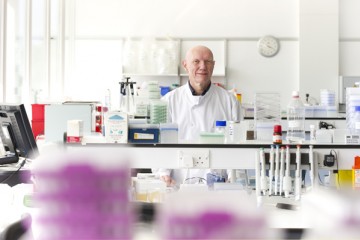Project grant
Replacement in vitro assays for the quantification of clostridial vaccine antigens

At a glance
Completed
Award date
March 2009 - June 2010
Grant amount
£26,986
Principal investigator
Dr Keith Redhead
R
- Replacement
